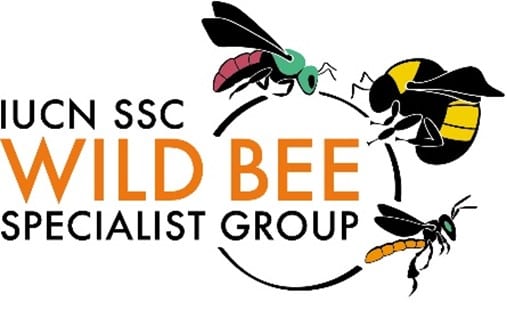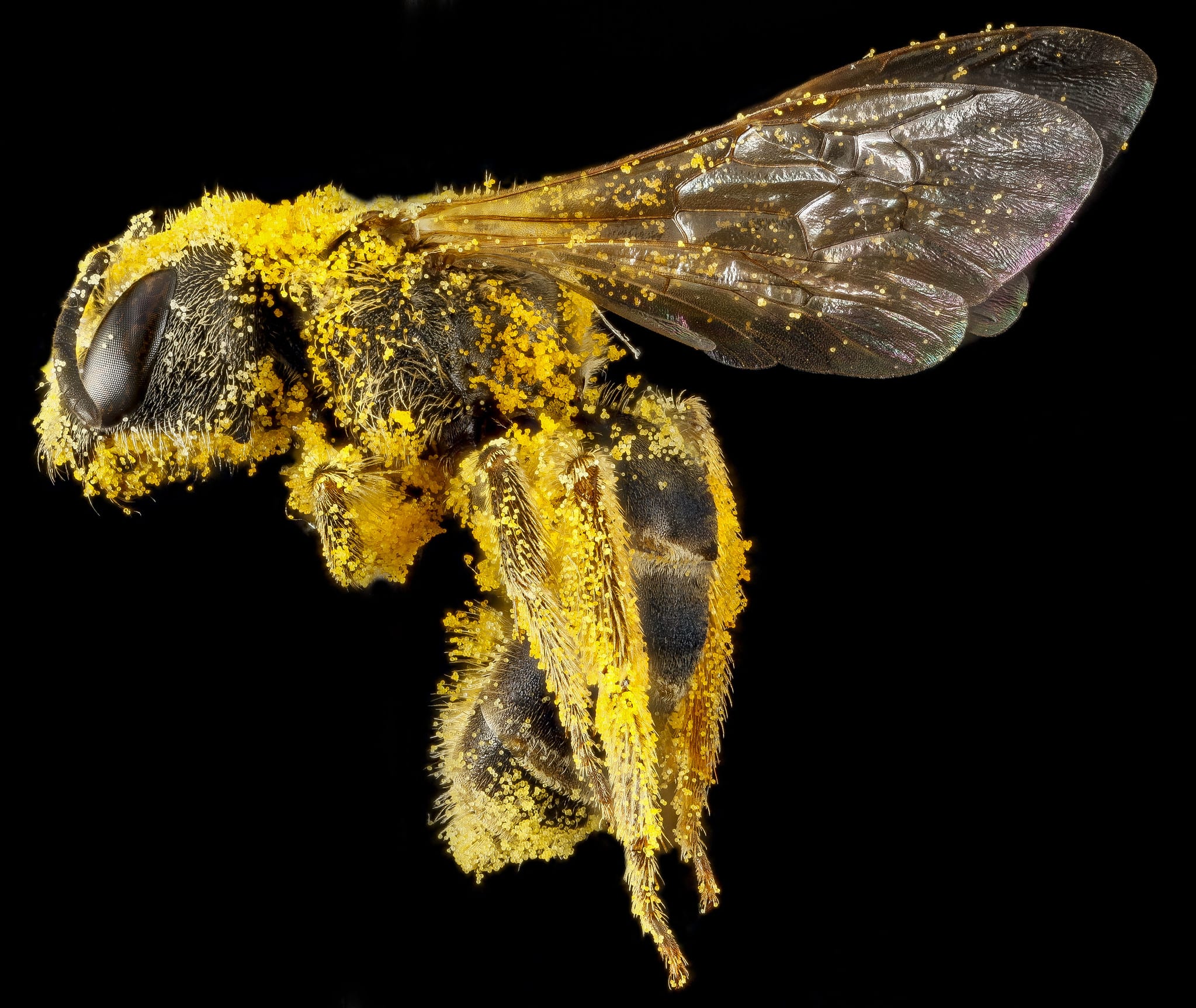Invitation to join IUCN Wild Bee Specialist Group
The IUCN Bumble Bee Specialist Group (BBSG) has recently transitioned to be part of a wider IUCN Wild Bee Specialist Group (WBSG). Co-chairs Simon Potts and Rémy Vandame invite new members from across the globe to join the group.

Aim
The WBSG aims to foster the conservation of wild bees and their habitats around the world by promoting and strengthening regional and global networks of specialists, conducting assessments of their conservation status, raising awareness among the public and policy makers, and engaging in practical conservation actions at local, regional and global scale.
Targets
The group is currently developing the webpages, targets and SSC data which will take a few weeks. They have proposed a set of 7 targets covering assessments, planning, conservation actions, networking and communications. These targets also align with previous BBSG plans and the WBSG will have a bumblebee-specific target to continue the planned work of the BBSG (target 2: support ongoing work of the Bumble Bee Sub Group). The Bumble Bee Specialist Group will no longer formally exist, however, the group realises it is important to keep it as a distinct entity and so it will now be the Bumble Bee Sub Group.
Photo: Sam Droege

Survey
From March onwards, the group is initiating discussions with members of BBSG, and also inviting new members to join and expand the taxonomic coverage, to co-develop regional representation and teams to work on specific targets. Anyone interested is welcome to participate in this process and as a first step the co-chairs have set up a short online survey (10 minutes) to understand what your interests are in terms of regional activities and also which targets you would like to contribute to. Please feel free to share the survey with anyone else who may be interested.
Leadership
The group is also looking for volunteers to lead both regions and targets. They have chosen to start with 6 broad regions but will look to potentially set up sub-regions to best serve members and target delivery. This will be a key task for the new regional leads. The regions set up by the BBSG will remain in place for target 2, but will not apply to the WBSG as a whole as we need a different regional structure.
There will also be opportunities to refine targets and propose new ones, but first the focus is on building up the membership and leadership.
Contact details of the WBSG can be found on the IUCN website.
